7 times Apple took credit for reinventing the wheel — ‘Double Tap,’ iPhone, FaceTime, and more
It’s not invention, it’s gentrification
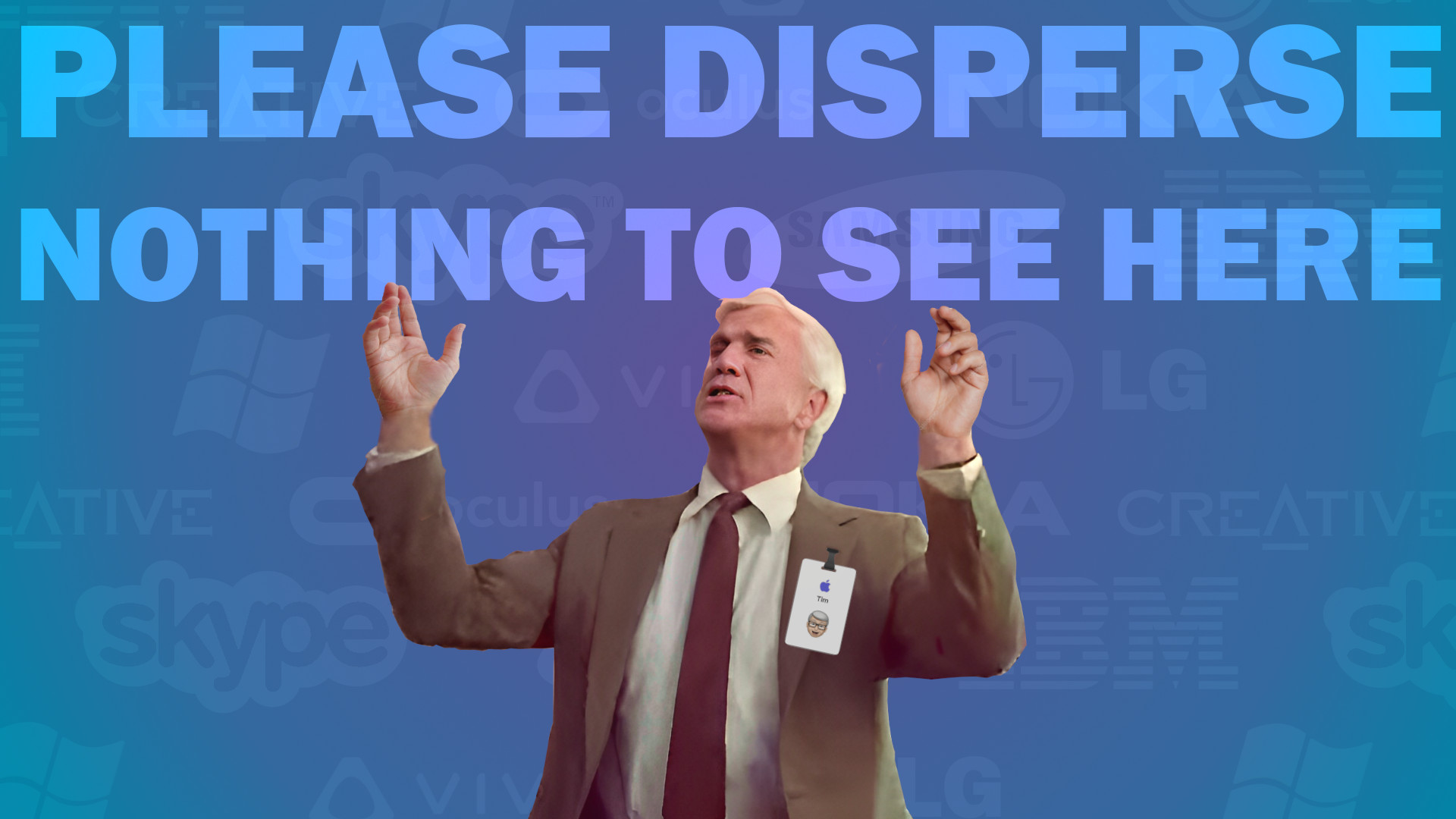
Apple has to be one of the greatest group of inventors of our age… Right? Think of all the products it has brought to market, the smartphone, the tablet, and the smartwatch! Think of all the features they’ve created like that one that does all the video calls and the new Apple Watch gesture where you make “Quack quacks” with your hands!
It’s true! Without the iPhone there would be no smartphones, without the iPad there would be no tablets, and if it wasn’t for the Apple Watch you’d still be fumbling around with your Casio calculator timepiece as you punch in “58008” and giggle your way into a pressure headache.
Or, maybe not...
Apple gets a lot of credit for the products it brings to market, some of which is entirely justified. But they’re also often credited with being visionaries and pioneers who created those markets in the first place — and that could not be further from the truth. The brand’s popularity is unquestionable, its commitment to putting high-quality products into the hands of consumers is undeniable, and its historical revisionism is frankly unparalleled.
I’m not sure if years of praise for their genius has gone to Apple’s head and they truly believe the inferences they make about their products. Or, if Apple is gaslighting us all into believing the products that came before its own are simply Mandela Effect mirages that had no real influence or impact.
Either way, I wanted to set the record straight. So, here are seven times Apple took the credit for reinventing the wheel and how they keep getting away with it.
7 times Apple took credit for reinventing the wheel
1. Smartphones
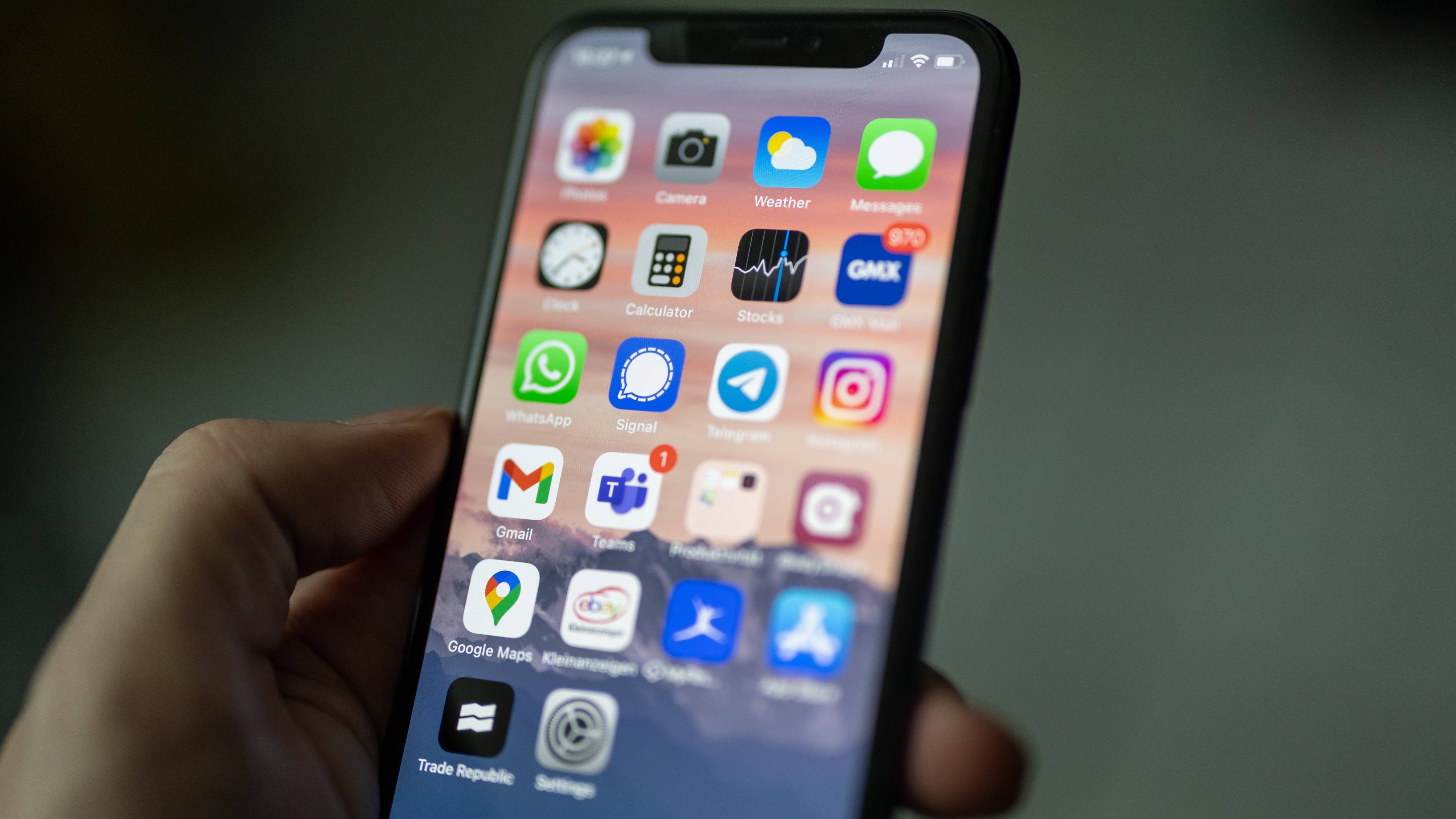
The iPhone — the first hand-held, portable, cellular phone featuring a touchscreen with a calendar, clock, notes, address book, games, email, and a calculator. Except it wasn’t, I just described the IBM Simon, which was released in 1994. “Aha!” I hear you say, “Then the iPhone was the first full-color, capacitive touchscreen smartphone with a camera!” Sadly, that was the LG Prada — the device that many believe inspired the iPhone. And by ‘inspired,’ I do mean was ripped off by.
“Fine! The App Store then! That has to have been the first mobile app store, it’s literally called the App Store.” Wrong again, my friend. That honor goes to Japanese brand NTT DoCoMo who launched i-mode (no relation) in 1999. Even in the era of the smartphone, Apple was pipped to the post by Danger Inc., Handango, and Nokia. Hell, even that little slide-to-unlock feature was kicking around three years before Apple made it a thing on the iPhone too.
Sign up to receive The Snapshot, a free special dispatch from Laptop Mag, in your inbox.
2. Tablets
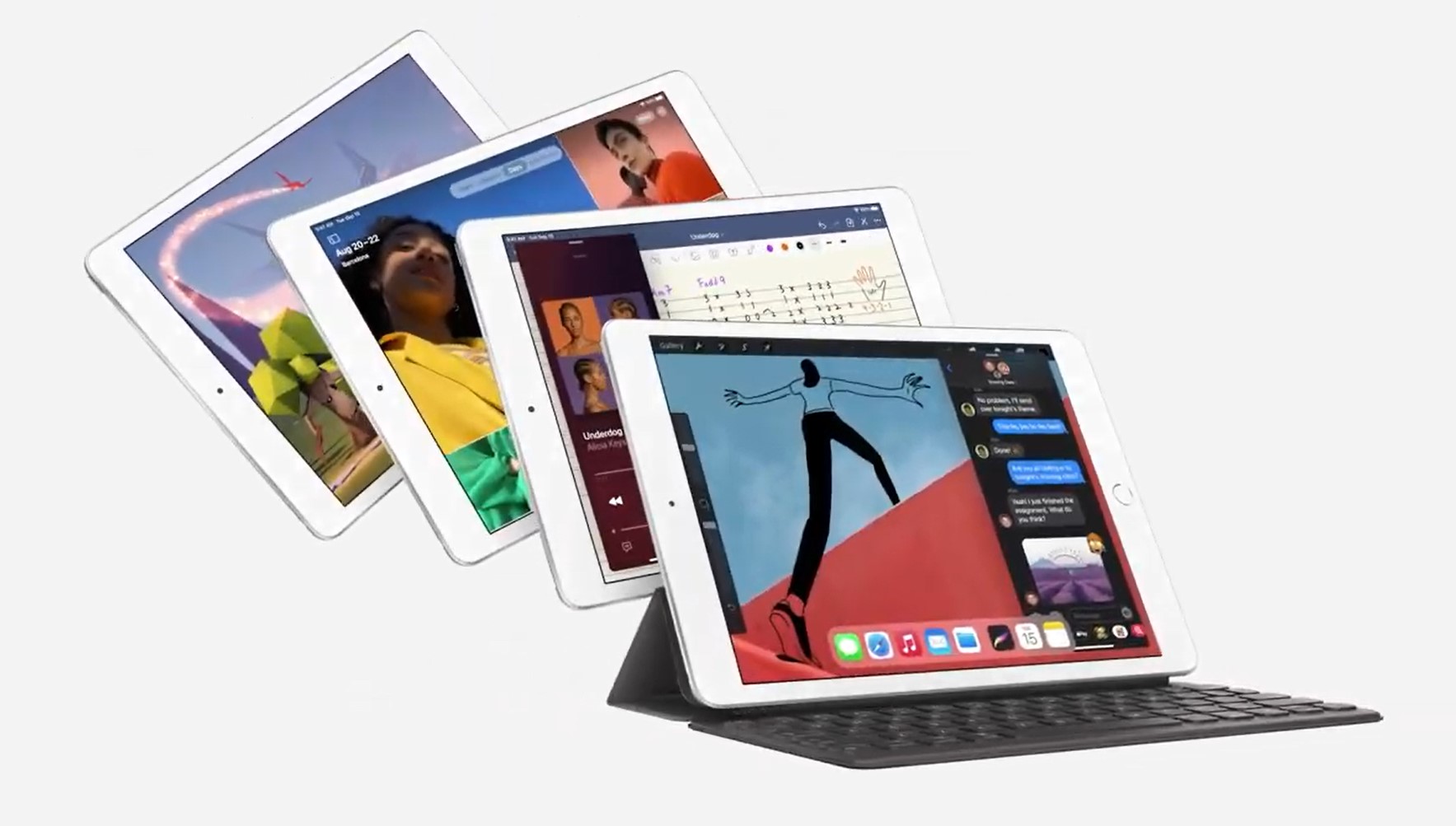
Tablets have been around since the 80s, Apple even made one itself in 1993 called the Apple Newton. That’s clever, isn’t it? But these tablets were far removed from the iPad that would launch in 2010. The iPad was the tablet that made tablets a thing. Never had so much potential been found in such a small and portable device before.
The iPad had an operating system, a color display, apps, a music player, and even a web browser! If only Microsoft hadn’t been making Windows XP tablets for the better part of 7 years prior to the iPad release, all that would’ve been absolute madness to drop on the human race at once. We’d have gone stark raving mad and burnt the Apple leadership at the stake for being witches. Thankfully, we’d seen most of it all before. We’d just never seen a man in a turtleneck and jeans give it to us.
3. Smartwatches
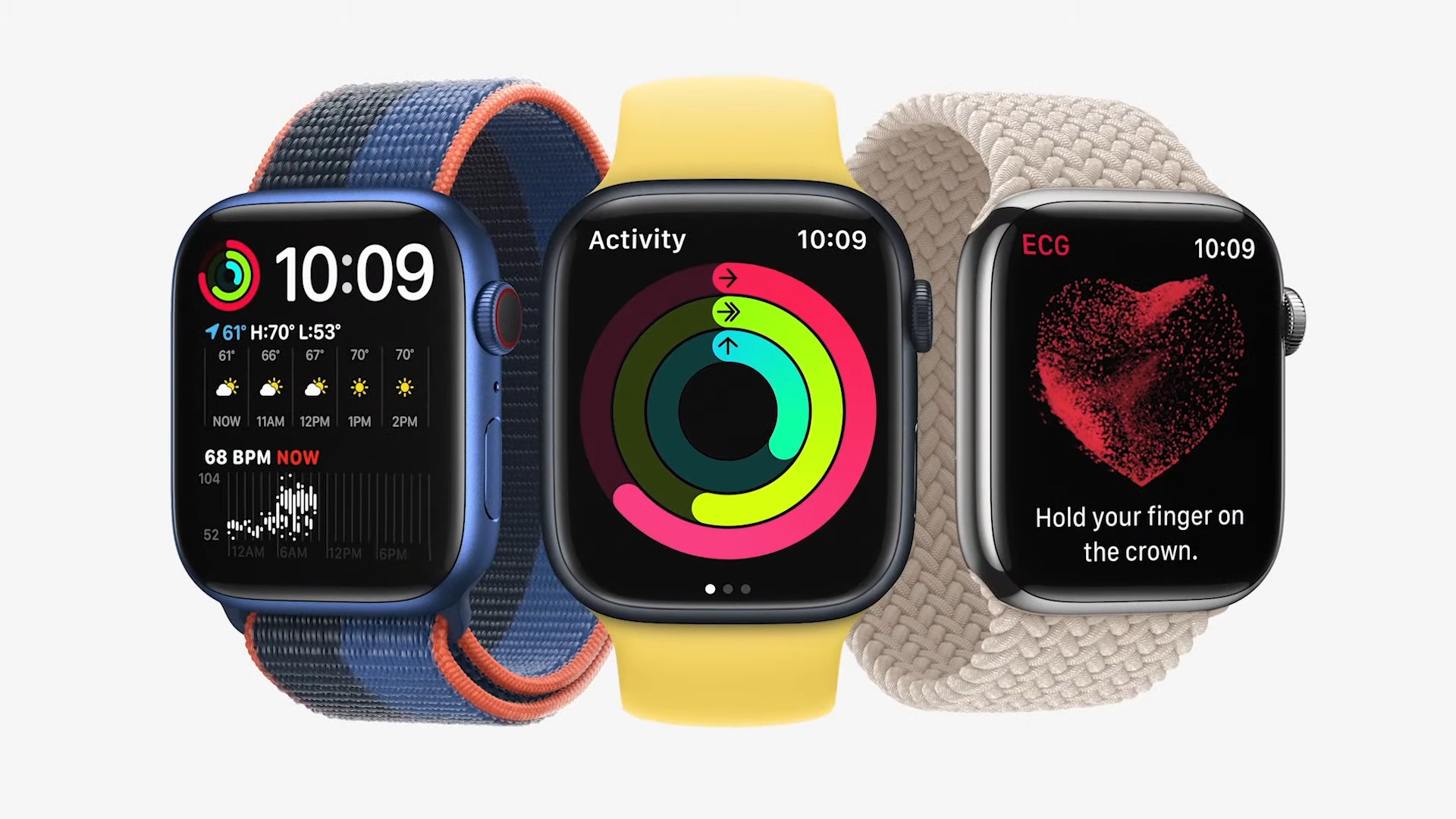
Do you remember 2014’s introduction of the Apple Watch? The thunderous swell of excitement as Tim Cook announced they have “One more thing…” to reveal to us all? That was the day Apple unveiled its wearable, the sequel to the timepiece worn by humans since the 1810s. It literally took the world 204 years to develop anything better, and it was Apple who did it.
Except it wasn’t, was it? Long-standing rival Samsung beat Apple to it with the Gear range of smartwatches — some of which ran as completely separate cellular devices and even had a camera in them. Even Google got ahead of Apple with Android Wear. Nike, Pebble, and Sony got there first too. New ground had long been broken, all Apple had to do was watch, copy the best bits of each, add a bit of polish – then get on stage to act like time itself hadn’t existed before the creation of this device. And wouldn’t you know it, it bloody worked too.
4. Portable MP3 players
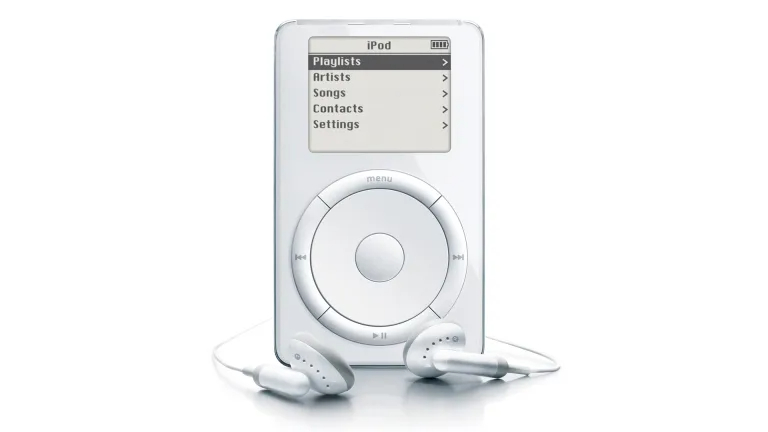
What made the original iPod so special to many? It could store a thousand tracks on it at once. One thousand, CD quality tracks. In Steve Jobs’ own words, this was a “Quantum leap” for the portable MP3 player, the 5GB of onboard storage was something never before offered and for just $399 you were practically taking the shirt off of his back!
Interestingly, the iPod keynote reveal is one of those few moments of pure cognitive dissonance captured on film. You get to see it as Steve Jobs points directly at the Nomad Jukebox, a cheaper device than the iPod with a 6GB hard drive. Moments before saying his 5GB device is something so groundbreaking that just holding the iPod in his hands may cause the ground beneath his feet to rattle, open up, and swallow him whole.
Yet again, the Nomad Jukebox didn’t have that little spinny wheel did it? Although, technically, neither did Apple who in 2013 had to pay $3.3 million in damages to its actual inventor.
5. Virtual/mixed reality
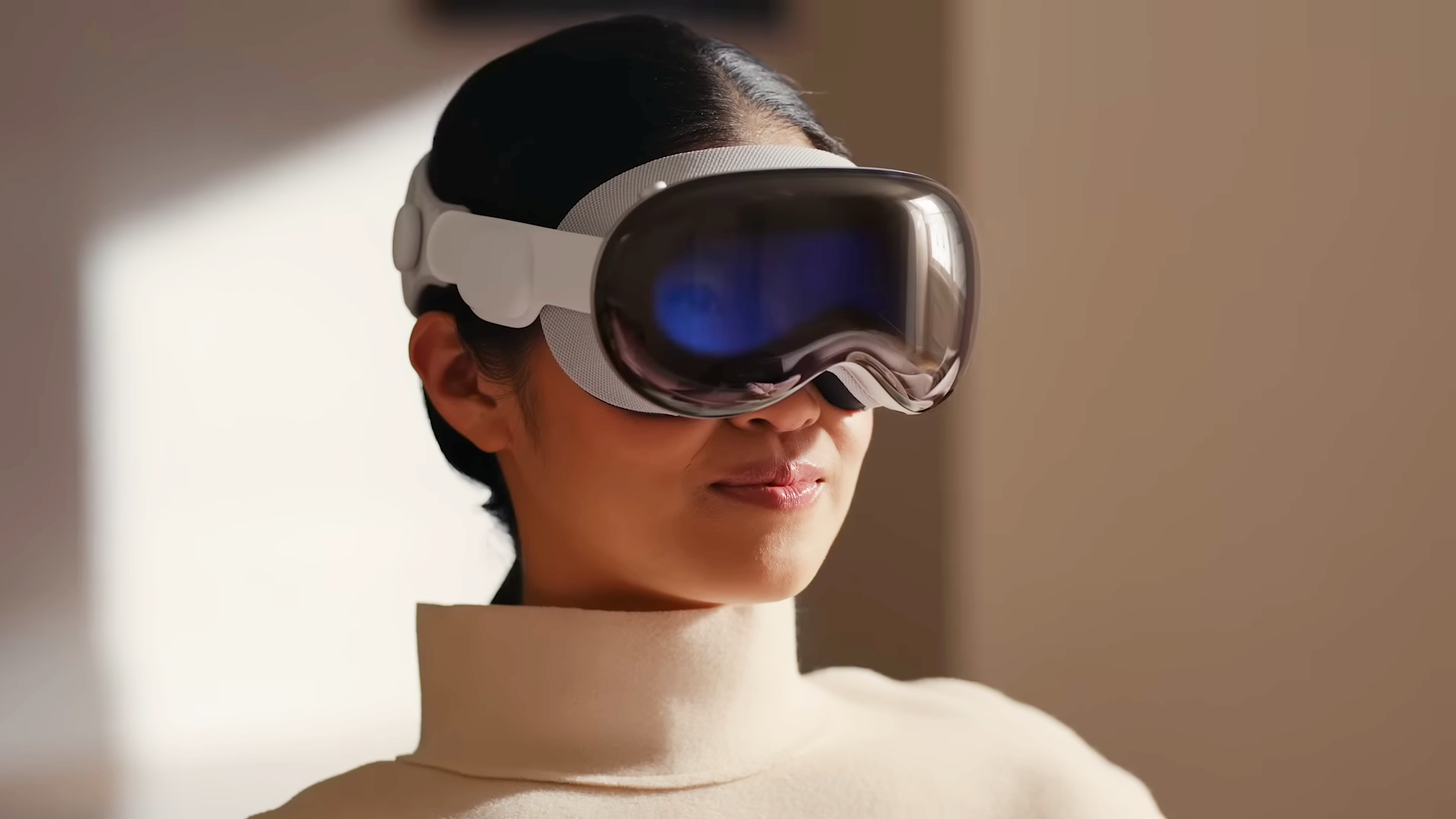
The WWDC of 2023 saw Apple emerge into an all-new market. Never before had anybody done what Apple planned to do — merge reality with a virtual plane, seamlessly blending between the two while offering digital playgrounds you exist in within the form of a 3D avatar. The Apple Vision Pro was born! Tim Cook might as well have waltzed onto the stage wearing a silver spandex catsuit and loudly proclaimed “Welcome to the future, you’re welcome!”
Stop it! Stop looking around for your HTC Vives and your Meta Quest 2s, they don’t exist. I know so because Apple said such experiences are only possible with the combination of an M2 and R1 chipset. It was all Virtual Boys and anaglyph glasses before Apple took to the stage that day to single-handedly deliver us the virtual reality dream not a single one of us got bored of two years prior. No siree.
6. Video calls
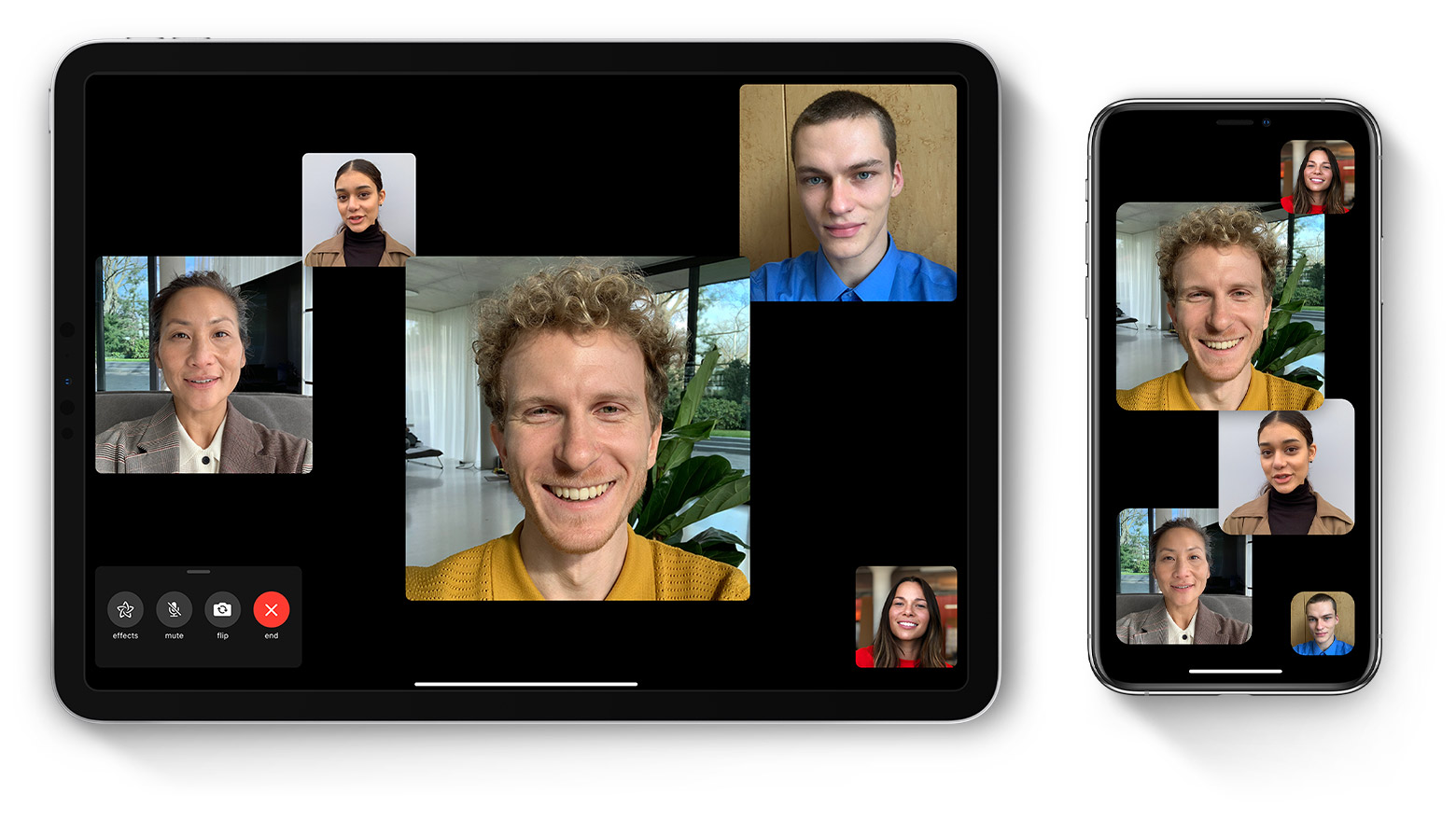
How did we survive without FaceTime? Apple’s video messaging app has risen to such prominence that it has broken free from the constraints of the noun and found itself repositioned as a verb. To FaceTime is to experience an entirely new form of long-distance communication that surpasses the mere audio reception of the human voice. You can now watch your friends and family in real-time, live, as if glancing through a magical portal into someone else's mundane life for a change.
What a historic event! It was like being around to observe the dawn of the telegram! Or the birth of email! Or the HTC Evo 4G — a smartphone with built-in video calling software that came out a month earlier. Not to mention the slew of other apps that had been doing the same thing for years like Skype. But no, Steve Jobs had grown up dreaming about video calls, and finally, he was able to make it a real thing.
7. ‘Double Tap’ for Apple Watch
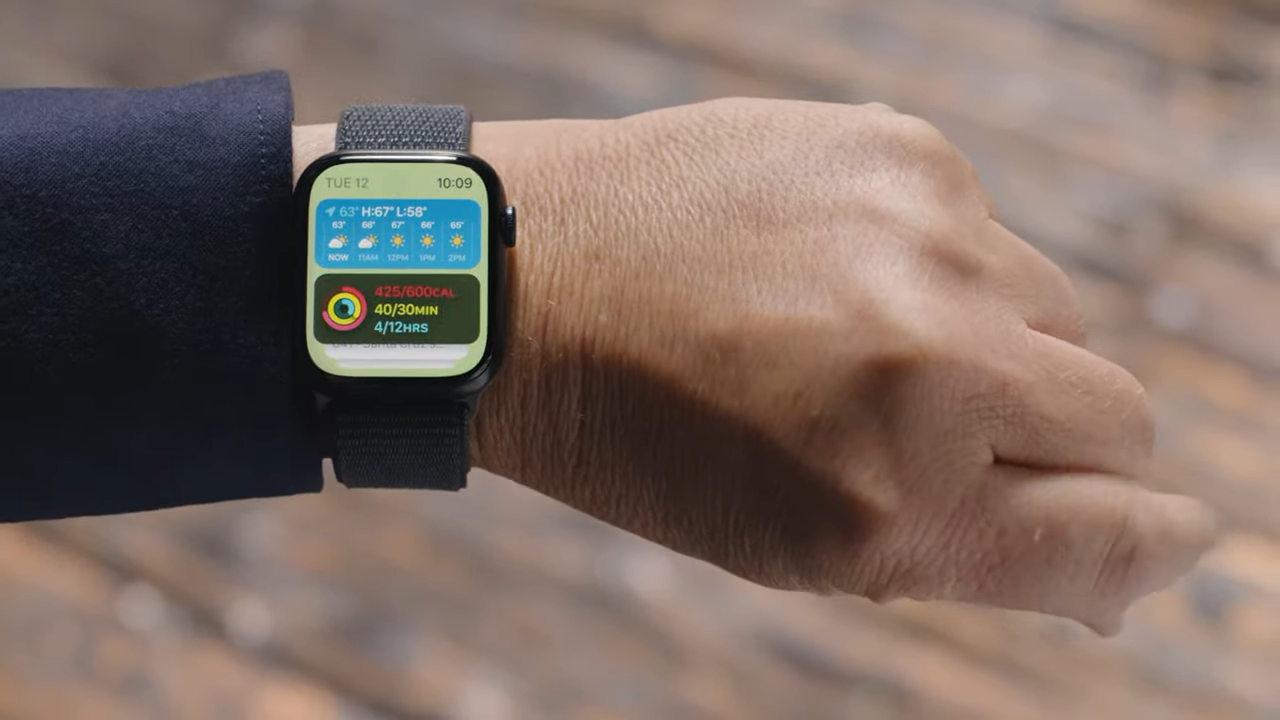
It’s said that good artists borrow, and great artists steal. That means the PR team working on the Apple Watch Series 9 and watchOS 10 release are great artists. One of the main takeaways from Apple’s recent Wonderlust event was the new Double Tap feature for the Apple Watch, allowing users to simply tap their index finger and thumb together to interact with the wearable.
It’s innovative, it’s revolutionary, it’s groundbreaking, it’s… Well, it’s been a part of the interface as far back as the Apple Watch 4. Double Tap is simply a rebranding of the device’s AssistiveTouch Double Pinch accessibility option. Double Tap’s highlight as a show-stealing feature of note is a masterclass in spin — but just another Tuesday for Apple.
In Apple’s defense…
OK, maybe Apple doesn’t always directly come out and say they’ve invented such-and-such a device. But from the way the brand talks you’d assume so at the very least — and that’s sort of what they’re banking on too.
It’s a subtle misdirection where Apple hits you with the words ‘never before seen’ and ‘innovation’ enough times that you’re hypnotized into believing they’re treading new ground with every stride.
In 2000, Apple was involved in a bit of legal hot water over claims they made about the iPhone 3G. “Twice as fast, for half the price” was the phrase that gave them trouble, and while that claim never quite manifested into the performance of its product Apple insisted that it never lied. However, it followed that up by saying that “anyone who believes what the company says in its ads is a fool.”
Apple said that as a legal defense when accused of lying in its advertisements. Keep that in mind next time Tim Cook goes walkies at Apple Park and a passing drone catches him energetically preaching about the latest iDevice heading your way.
Outlook
None of this is to say Apple hasn’t invented anything during its time at the top of the technosphere. That would be bonkers, barmy, deluded even. There are probably 1,000 patents worth of innovative upgrades in your iPhone alone, things that Apple has indeed invented in order to further the product. They have a knack for putting the pieces together better than most, but that doesn’t mean Apple invented the concept of the smartphone — even if they’re happy to let you believe they did.
Apple’s real strengths are in innovating existing tech, fine-tuning what’s already there and building upwards. In effect, Apple is the great gentrifier of the tech world: swooping into a space, tidying things up, and pushing up prices in its wake. So why do so many people believe otherwise? In a word: marketing.
Apple’s secret weapon is its phenomenal ability to market itself as inventors. Every new feature presented to us simply couldn’t exist without the power of {insert new Apple device here}. It would be literally impossible for this technology to exist without the {insert new Apple device here}. Apple’s marketing speak is legendary — and highly effective.
But only a fool would believe it. Their words, not mine.

Rael Hornby, potentially influenced by far too many LucasArts titles at an early age, once thought he’d grow up to be a mighty pirate. However, after several interventions with close friends and family members, you’re now much more likely to see his name attached to the bylines of tech articles. While not maintaining a double life as an aspiring writer by day and indie game dev by night, you’ll find him sat in a corner somewhere muttering to himself about microtransactions or hunting down promising indie games on Twitter.
